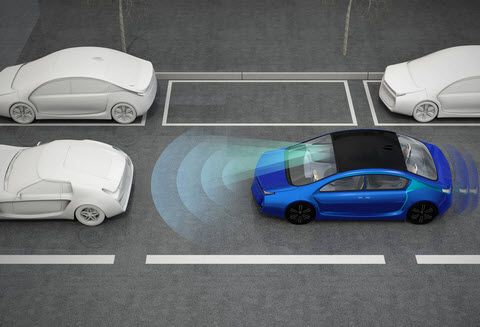Driverless cars appear to, once again, be in trouble: Just days after an Uber Technologies Inc. self-driving car killed a pedestrian in the state of Arizona, Tesla Inc. confirmed that its “Model X” driver died in a gruesome crash in California in late March after relying on Autopilot. The utility vehicle reportedly collided with a highway barrier and caught fire while the driver did not have his hands on the steering wheel (as it was on Autopilot).
Tesla maintains that the driver received both audible and visual warnings prior to the accident, but he had failed to take action and that there are fewer fatalities in vehicles equipped with Autopilot than all vehicles. The U.S. National Transportation Safety Board is now investigating the incident, along with similar collisions that occurred this spring.
Have Previous Fatal Mistakes Been Corrected?
These recent accidents—in combination with previous ones in 2016—highlight the many potential injury and death hazards often associated with these automation systems. While Tesla has claimed that it started equipping all of its cars with the necessary hardware for full self-driving capability, it remains unclear when these vehicles will clear regulatory and testing hurdles to drive on the roads without any human involvement or oversight.
Previously, in 2016, the National Transportation Safety Board concluded that the Autopilot design itself was a contributing factor in the fatal crash in Florida involving a “Model S” that collided with a semi-trailer truck. According to the Board, Autopilot had given the driver “too much leeway” in diverting his attention away from driving. After that, Tesla had supposedly updated the Autopilot to prevent drivers from ignoring warnings to keep their hands on the wheel.
Still, Tesla appears to have ignored other criticisms from the Board, which was also concerned that these driving systems only monitor steering wheel movement and not whether drivers are watching the road. Scanners which track drivers’ eyes would likely have to be installed in order to do so.
Litigation
Litigation has already been filed in accidents involve self-driving vehicles: A motorcyclist injured in a crash with a Cruise Automation self-driving vehicle filed suit this spring against the maker of the vehicle, General Motors, also in an accident that involved a driver in a driverless-vehicle that did not have their hands on the steering wheel at the time of the accident. Reportedly, the driverless car started to change lanes, but then abruptly returned to the original lane, colliding with the motorcycle and resulting in serious injuries and disabilities for the motorcyclist.
Florida Auto Accident Victim Attorneys
If you’ve been in a Florida auto accident, our auto accident attorneys can help you figure out next steps—whether you were injured in a self-driving car, or as a result. Contact the office of Lavalle, Brown & Ronan in Boca Raton today to find out how.
For more information and in depth analysis, please contact Attorney Ken Ronan at kronan@bocalaw.com and Case Manager Richard Bagdasarian at rbagdasarian@bocalaw.com.
Resources:
bloomberg.com/news/articles/2018-03-31/tesla-says-driver-s-hands-weren-t-on-wheel-at-time-of-accident
theverge.com/2018/1/23/16925396/gm-cruise-automation-self-driving-car-crash-lawsuit

